The representation of the Andean trilogy is: the condor, the puma and the snake; They were considered sacred divinities in Inca culture. Together they formed a trinity that represented the sky (condor), the earth (puma) and the world of the dead (serpent). One of the main temples of Machu Picchu is dedicated to the condor, with its image carved three-dimensionally. These three species, although widely studied today, are still fearsome wild animals in areas far from cities.
Andean Cosmovision
The Andean worldview divided reality into three distinct planes or worlds. These three planes were the world above or heavenly, the present world, and the world below or the world of the dead.
Hanan Macha (World Above)
The world rises in the Inca worldview, where gods such as the Sun, the Moon and other deities such as Wiracocha, Inti, Mama Killa, Pachacamac, Mama Cocha and Illapa resided. This was considered the upper world, situated above the earthly world inhabited by human beings.
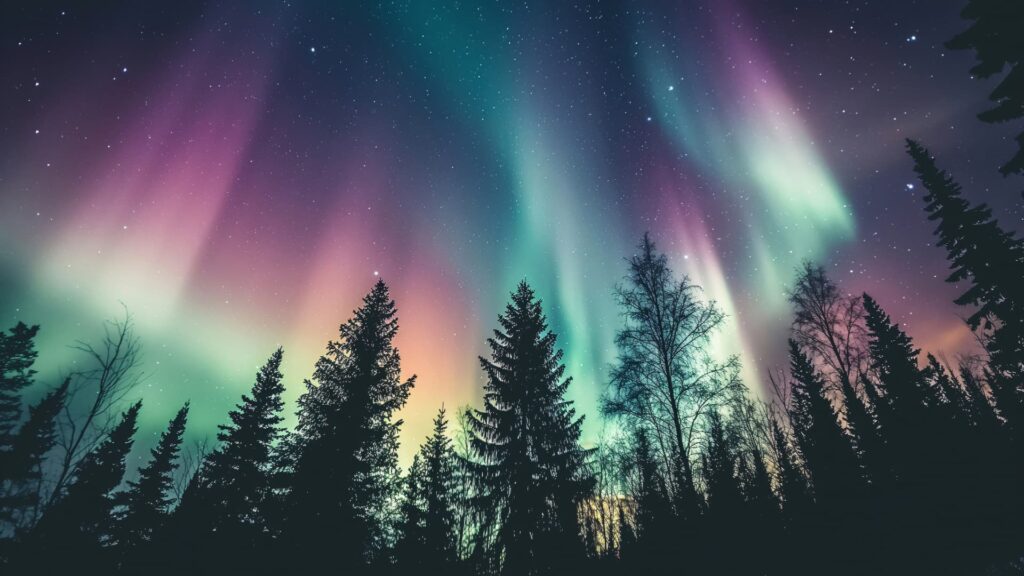
Kay Pacha (Present World)
It refers to the earthly plane where human beings live, along with fauna and flora. This dimension was known as Kay Pacha by the Incas. In this realm we see the confrontation between the forces of the heavenly world and the world below or underworld.
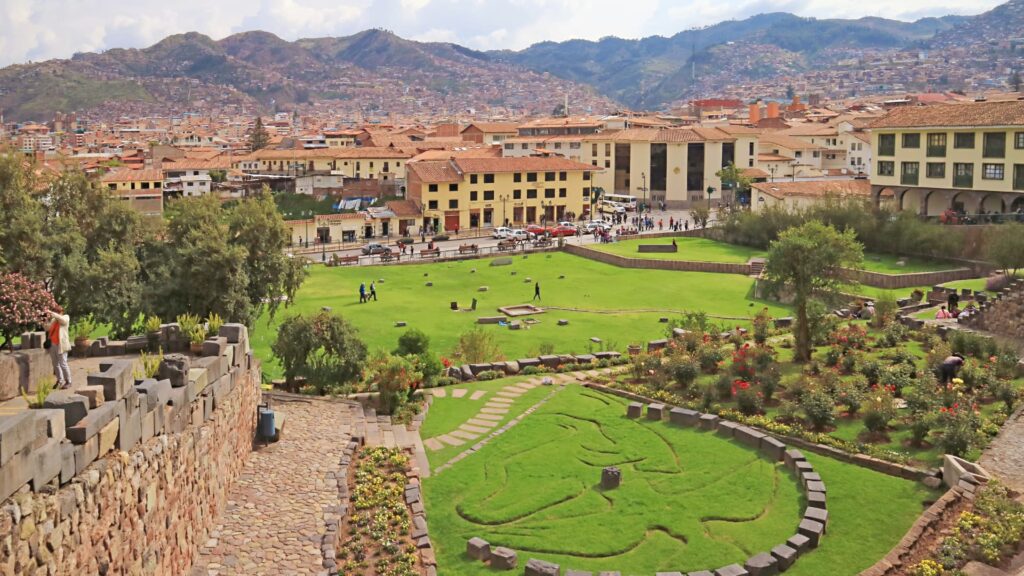
Ukhu Pacha (World Below)
This was conceived as the subterranean realm, the realm of the dead, of beings who had not yet been born, and of all that lay beneath the earth’s crust or waters. It was essentially the lower world or underworld.
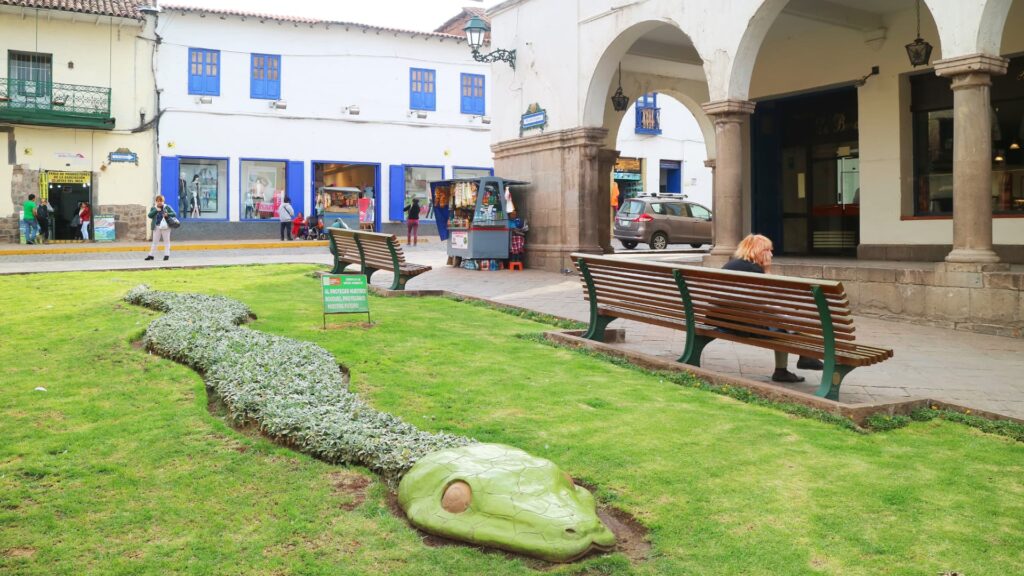
According to the Andean cosmovision, there were certain natural elements that acted as links or connections between the different dimensions of the cosmos. Water fountains and caves were seen as transit routes between the underworld (Ukhu Pacha) and the underworld (Kay Pacha). In addition, lightning and rainbows were conceived as paths leading from the earth to the heavenly world (Hanan Pacha).
The three planes were represented by three animals, which formed an Andean trilogy.
The Condor
Hanan Pacha Mundo de Arriba was symbolized by the condor. This bird was considered sacred, representing independence and freedom. According to Inca beliefs, the condor acted as a divine messenger, establishing a connection between the Kay Pacha kingdom and the Hanan Pacha.
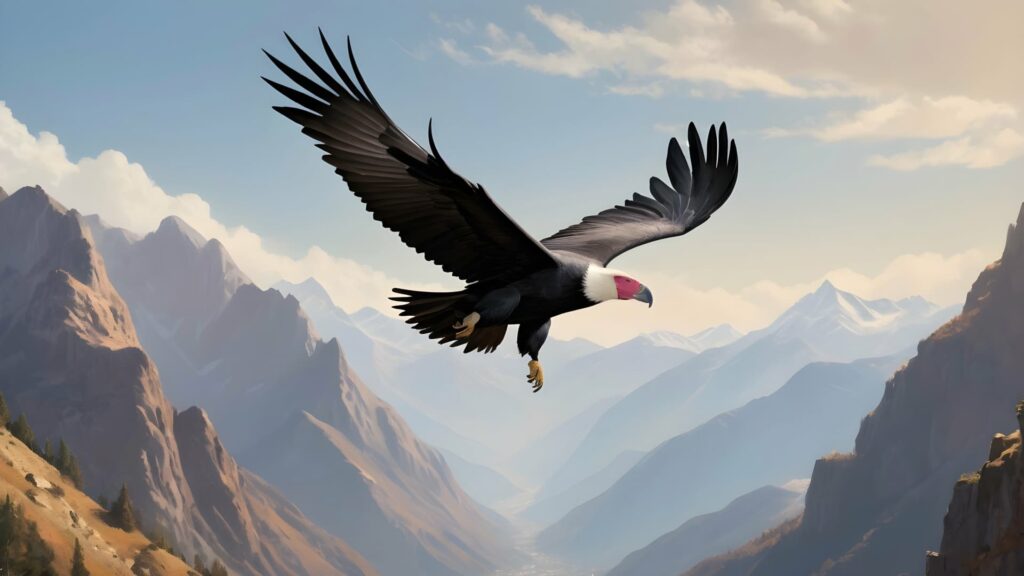
Puma
The puma was a very important symbol for the Incas, representing wisdom, strength and intelligence. It is believed that the shape of the puma that the city of Cusco adopted when it was the imperial capital, comes from this symbology. Various ancient maps show that Cusco was designed in the shape of a puma, with Sacsayhuamán as its head. The puma symbolized the Kay Pacha or present world of living beings. Some Inca legends said that, during lunar eclipses, when darkness reigned, a puma attacked the moon, representing the challenge between the Kay Pacha and the Hanan Pacha.
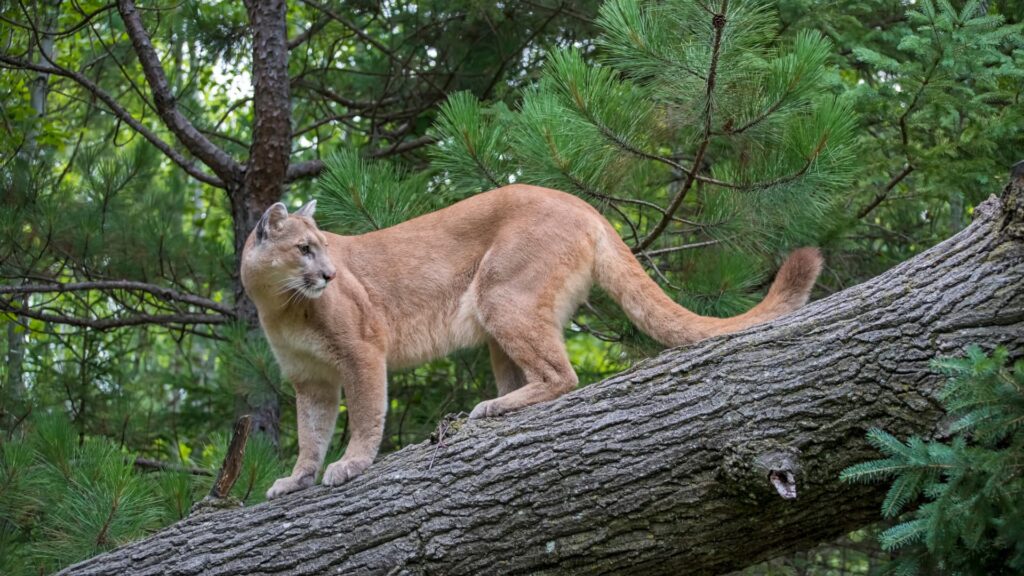
Snake
For the Inca people, the serpent symbolized the infinity of the Ukhu Pacha or lower world, the space of the dead. It represented the movement of people from the earthly plane to the spiritual dimension of the dead, when souls left this world behind to join the realm of the dead.
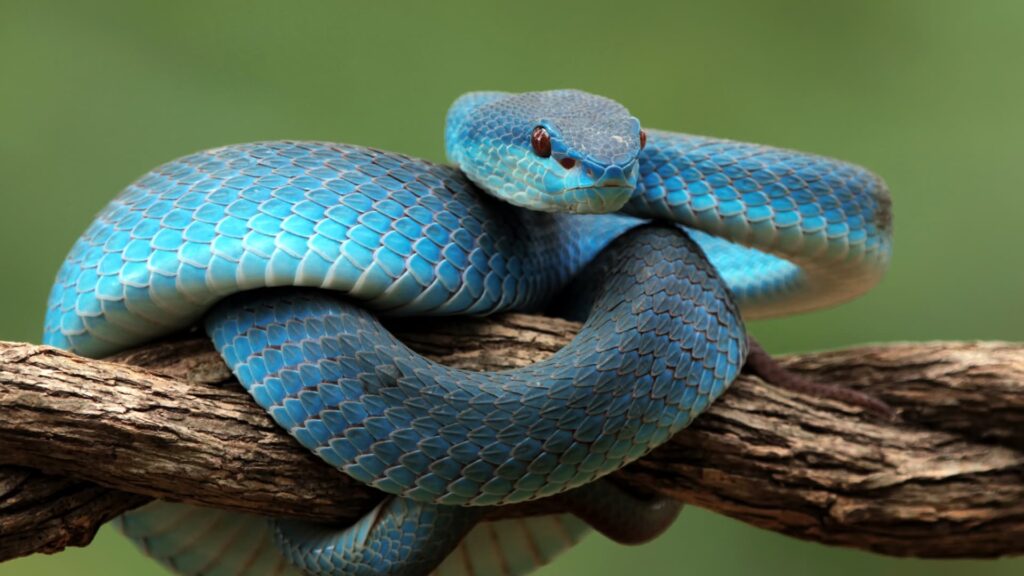
If you want to know more about this Andean trilogy and visit those beautiful places, contact us